
Breaking Free: How Do We Accelerate Towards a New Future When We’re Shackled to Today? and Its Relevance to Design Innovation
At The Graphic Design House, we are constantly exploring the intersection of design, innovation, and social impact. As we strive to create designs that not only captivate but also drive change, we find ourselves asking critical questions about the future of our industry and the world at large. This is why the book How Do We Accelerate Towards a New Future When We’re Shackled to Today?, edited by Ben Parker and Sian Sutherland, resonates so deeply with us. The book explores the challenges and opportunities of breaking free from outdated systems to create a more sustainable and equitable future—an endeavor that is as relevant to design as it is to any other field.
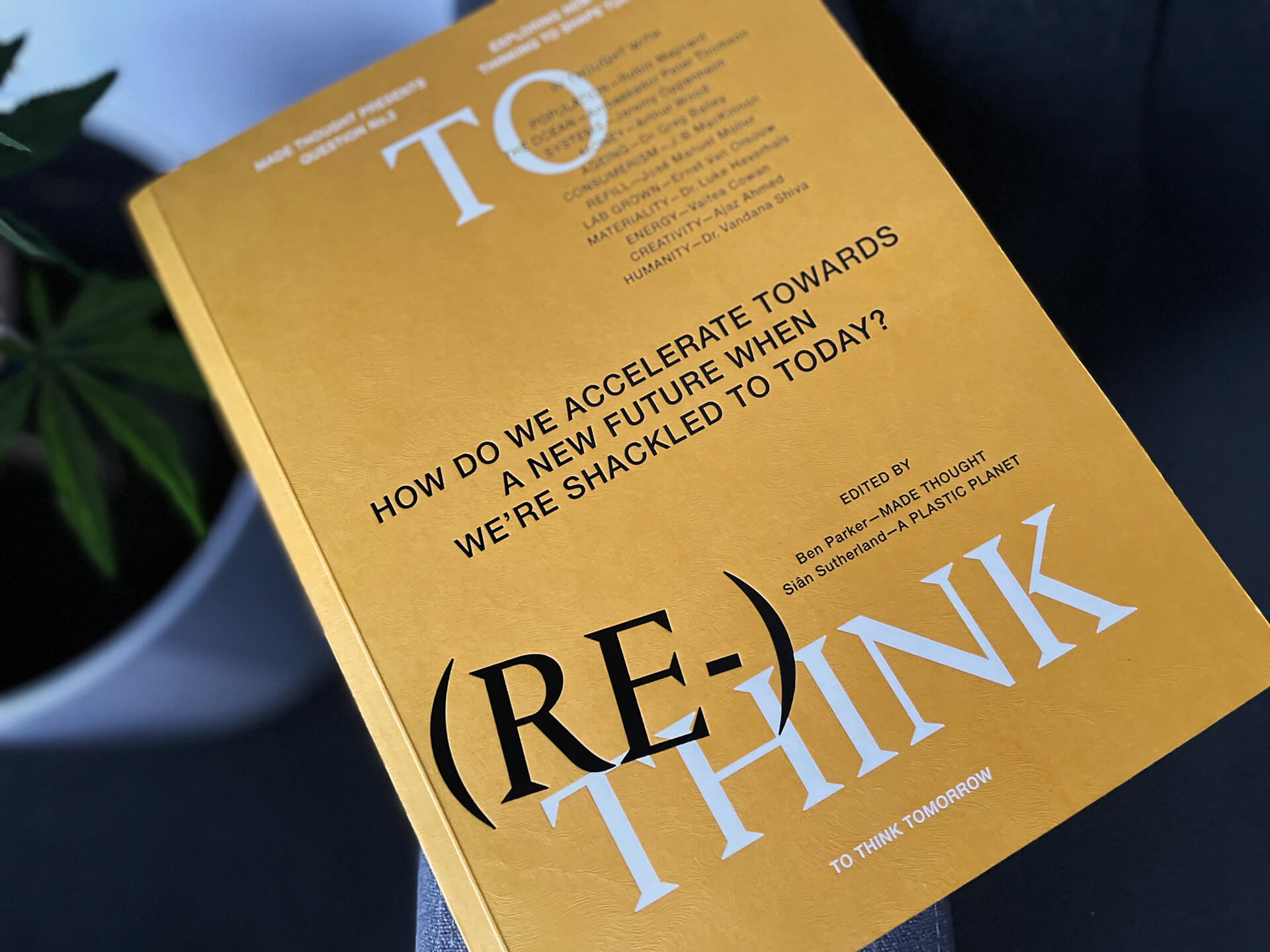
The Design Industry’s Role in Shaping the Future
Design is more than just aesthetics; it is a powerful tool for communication, persuasion, and innovation. As designers, we are uniquely positioned to influence the way people perceive and interact with the world around them. This responsibility makes the themes explored in Parker and Sutherland’s book particularly pertinent to our work at The Graphic Design House.
One of the core messages of the book is the need for systemic change. In the context of design, this means moving beyond surface-level solutions and engaging with the deeper issues that influence our industry. Whether it’s the environmental impact of materials and processes, the ethics of digital and print design, or the role of design in promoting social justice, the book challenges us to rethink the foundations of our practice.
How Do We Accelerate Towards a New Future When We’re Shackled to Today? is a thought-provoking anthology edited by Ben Parker and Sian Sutherland, exploring one of the most pressing challenges of our time: how to break free from outdated systems, practices, and mindsets that hinder progress and innovation. This book brings together a diverse array of voices, each offering unique perspectives on the obstacles we face and the strategies we can employ to overcome them.
Structure and Themes
The book is organized into a series of essays, interviews, and reflections from a range of contributors, including futurists, environmentalists, business leaders, and social thinkers. Each chapter delves into different aspects of the central theme, examining the constraints imposed by our current systems—whether they be economic, political, or cultural—and proposing ways to accelerate change towards a more sustainable and equitable future.
One of the recurring themes in the book is the tension between the urgent need for change and the inertia of existing structures. The contributors explore how deeply entrenched practices, whether in business, governance, or societal norms, act as shackles, preventing us from embracing new possibilities. However, the book is not merely a critique of the status quo; it is also a call to action, offering practical solutions and innovative ideas for catalyzing transformation.
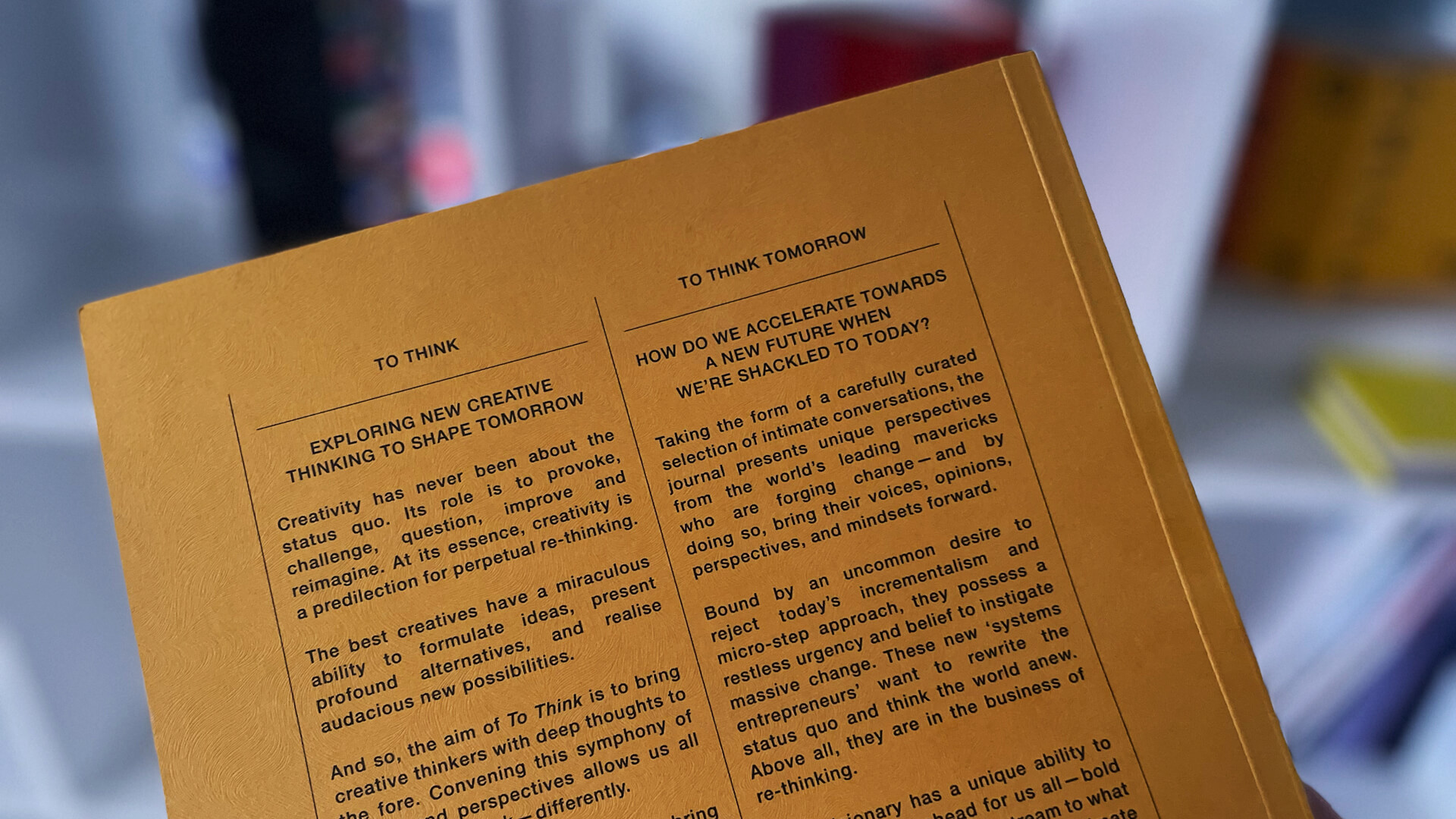
Key Highlights
1. The Need for Systemic Change: One of the book’s key insights is the recognition that incremental changes are no longer sufficient. The contributors argue for a radical rethinking of our systems, from economic models that prioritise short-term profits over long-term sustainability to political structures that are often resistant to innovation. The book encourages readers to consider how these systems can be redesigned to better serve the needs of people and the planet.
The Graphic Design House Team’s Reflections on The Importance of Systems Thinking in Design – it’s a holistic approach that considers the interconnectedness of various elements within a system. For designers, this means recognising that every design decision has ripple effects, whether it’s the choice of materials, the user experience, or the overall brand strategy.
In our work, we strive to apply systems thinking by considering the full lifecycle of a design, from concept to execution and beyond. This approach not only leads to more sustainable and ethical designs but also ensures that our work is aligned with the long-term goals of our clients and the wider community.
2. Harnessing Technology for Good: Technology plays a significant role in the discussions within the book. While acknowledging the potential of technological advancements to drive positive change, the contributors also caution against the uncritical adoption of new technologies without considering their broader impacts. The book advocates for a responsible and ethical approach to innovation, one that prioritizes social good and environmental sustainability.
The Graphic Design House Team’s Reflections: This is a powerful reminder of the importance of designing with the future in mind. As we look ahead, it’s clear that the design industry will play a crucial role in shaping a more sustainable and equitable world. Whether it’s through eco-friendly materials, inclusive design practices, or innovative solutions to global challenges, designers have the opportunity—and the responsibility—to lead the way.
At The Graphic Design House, we are committed to using design as a force for good. Inspired by the insights from Parker and Sutherland’s book, we are constantly seeking ways to push the boundaries of what design can achieve. We believe that by embracing innovation, systems thinking, and collaboration, we can create designs that not only meet the needs of today but also pave the way for a better tomorrow.
3. Breaking Free from Linear Thinking: A notable theme throughout the book is the critique of linear thinking and the need to embrace more holistic, systems-based approaches. The contributors argue that many of the challenges we face today—such as climate change, inequality, and resource depletion—are interconnected and cannot be solved in isolation. The book calls for a shift towards more integrated thinking that considers the complex interdependencies of the modern world.
The Graphic Design House Team’s Reflections: Innovation Requires Breaking Free from Old Constraints. The book’s exploration of the tension between the need for innovation and the constraints of existing systems is especially relevant to design. Too often, designers find themselves limited by outdated practices, client expectations, or industry norms that stifle creativity and hinder progress. How Do We Accelerate Towards a New Future When We’re Shackled to Today? encourages us to question these limitations and seek new ways to innovate.
At The Graphic Design House, we see this as a call to action. We believe that great design is about pushing boundaries and challenging the status quo. This means not only embracing new technologies and methodologies but also critically evaluating the impact of our work. Are we designing with sustainability in mind? Are we considering the broader social implications of our designs? These are the kinds of questions that the book inspires us to ask.
4. The Power of Collective Action: Another important insight from the book is the emphasis on collective action. Many of the contributors highlight the importance of collaboration across sectors, disciplines, and borders to drive the necessary changes. The book underscores the idea that no single entity—whether a corporation, government, or individual—can solve these problems alone; it requires a concerted, collaborative effort.
The Graphic Design House Team’s Reflections: Parker and Sutherland emphasise that the challenges we face—whether in design, business, or society—cannot be solved by individuals working in isolation. Instead, they call for collective action, bringing together diverse perspectives and expertise to drive meaningful change. At The Graphic Design House, collaboration is at the heart of what we do. We believe that the best designs emerge from a collaborative process that involves not just designers, but also clients, stakeholders, and the communities we serve. By working together, we can create designs that are not only visually compelling but also socially impactful.
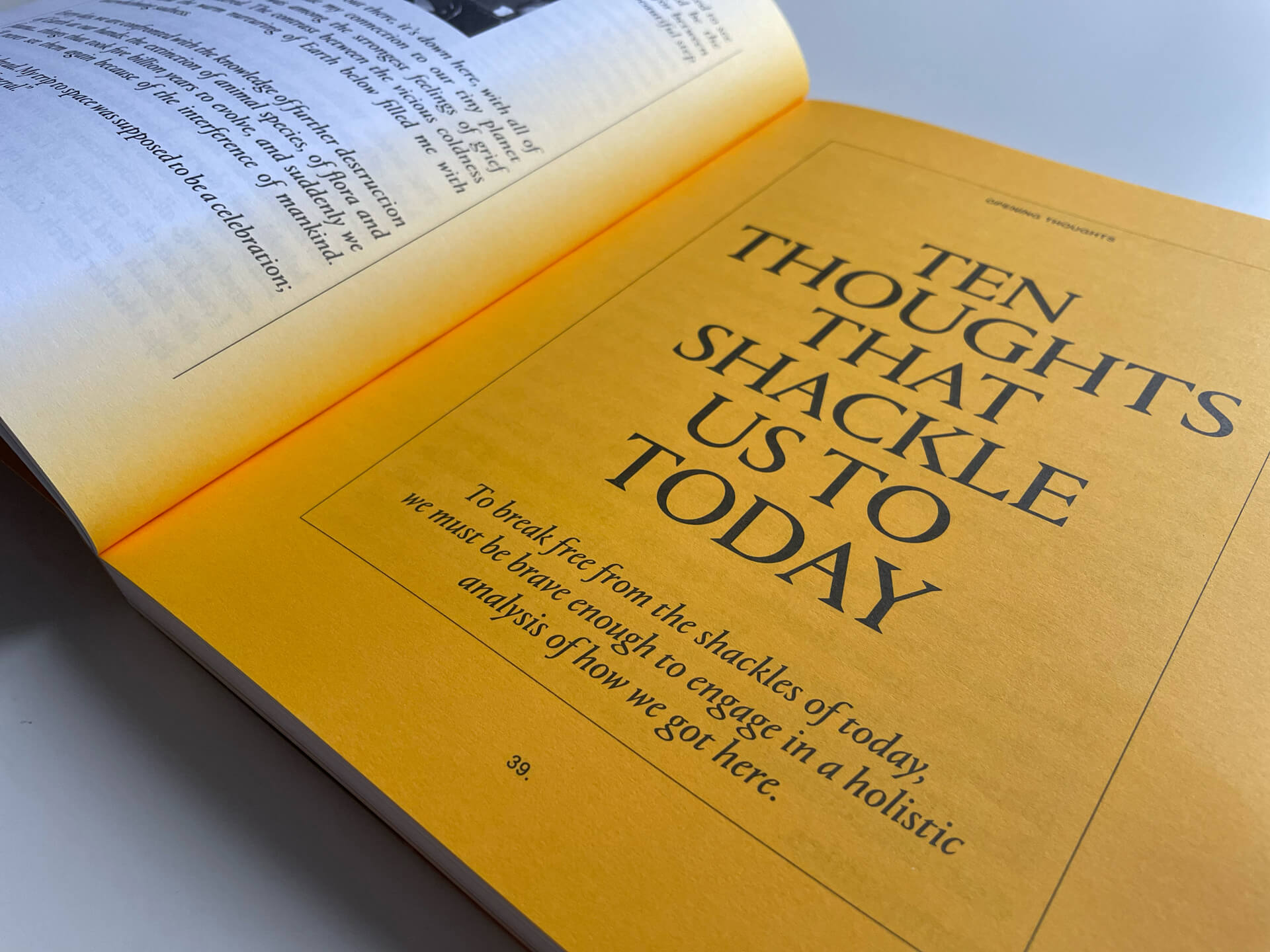
Editorial Approach
The editorial approach taken by Ben Parker and Sian Sutherland is one of inclusivity and diversity of thought. By bringing together voices from different fields and perspectives, the book offers a rich tapestry of ideas and solutions. This multidisciplinary approach not only makes the book more engaging but also reflects the complexity of the issues at hand. The editors have done an excellent job of curating content that is both intellectually rigorous and accessible to a broad audience.
Style and Accessibility
The writing throughout the book is clear and compelling, with each contributor bringing their unique voice to the conversation. Despite the complexity of the topics discussed, the book remains accessible to a wide audience, including those who may not have a deep background in the specific issues. The editors have ensured that the essays are well-organised and that the flow of ideas from one chapter to the next feels coherent and purposeful.
Final Thoughts
How Do We Accelerate Towards a New Future When We’re Shackled to Today? is a timely and important book that challenges readers to think critically about the future we are creating. It is both a sobering reflection on the obstacles we face and an inspiring call to action, offering hope and practical solutions for those who are committed to making a difference.
For anyone interested in the future of our world—whether from a technological, environmental, or social perspective—this book provides valuable insights and a roadmap for navigating the complex challenges ahead. The contributions within this anthology are not only thought-provoking but also deeply motivating, encouraging readers to take an active role in shaping a future that is both sustainable and just.
In a world where the pace of change often feels overwhelming, How Do We Accelerate Towards a New Future When We’re Shackled to Today? serves as both a guide and a source of inspiration, reminding us that while the challenges are great, so too is our capacity for innovation and transformation.
How Do We Accelerate Towards a New Future When We’re Shackled to Today? is more than just a book—it’s a manifesto for change. It challenges us to rethink the way we approach design and inspires us to break free from the constraints that hold us back. At The Graphic Design House, we are taking these lessons to heart, striving to create designs that are not only beautiful but also transformative. As we continue our journey, we are excited to see how design can help accelerate us towards the new future we all aspire to create.
Our Work in Action
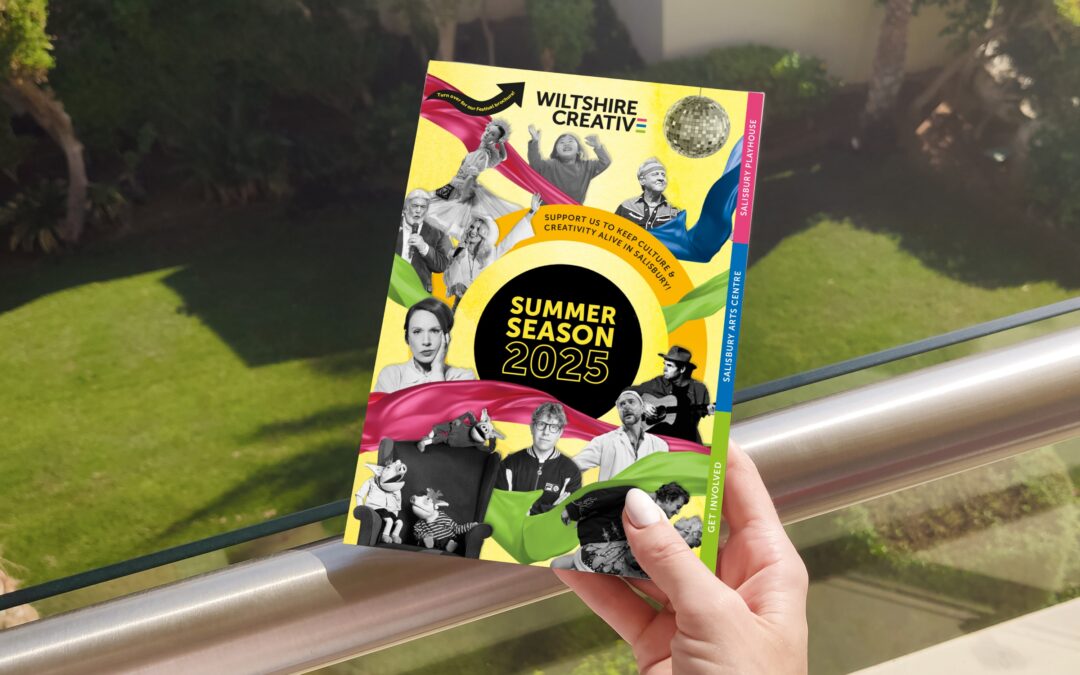
Wiltshire Creative
We collaborate with Wiltshire Creative on bold, imaginative design across print and digital, bringing theatre, festivals, and performances to life with vibrant, playful energy.
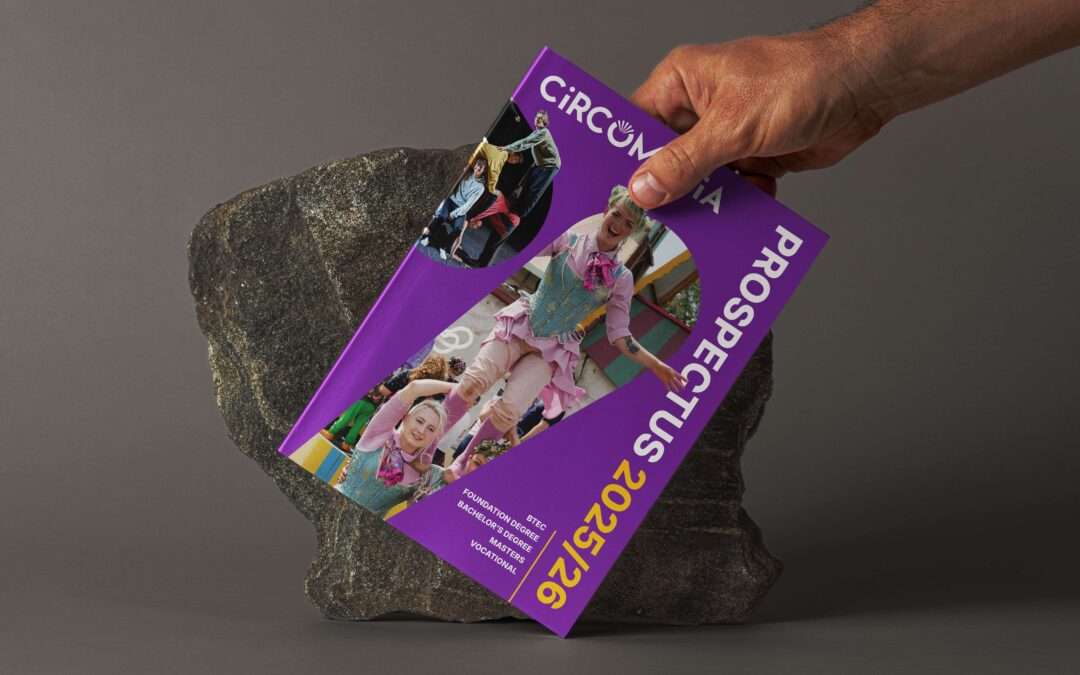
Circomedia
We reimagined Circomedia’s brand with bold design, vibrant colour, and clear typography, bringing its creative energy and inclusive spirit to life across every touchpoint.
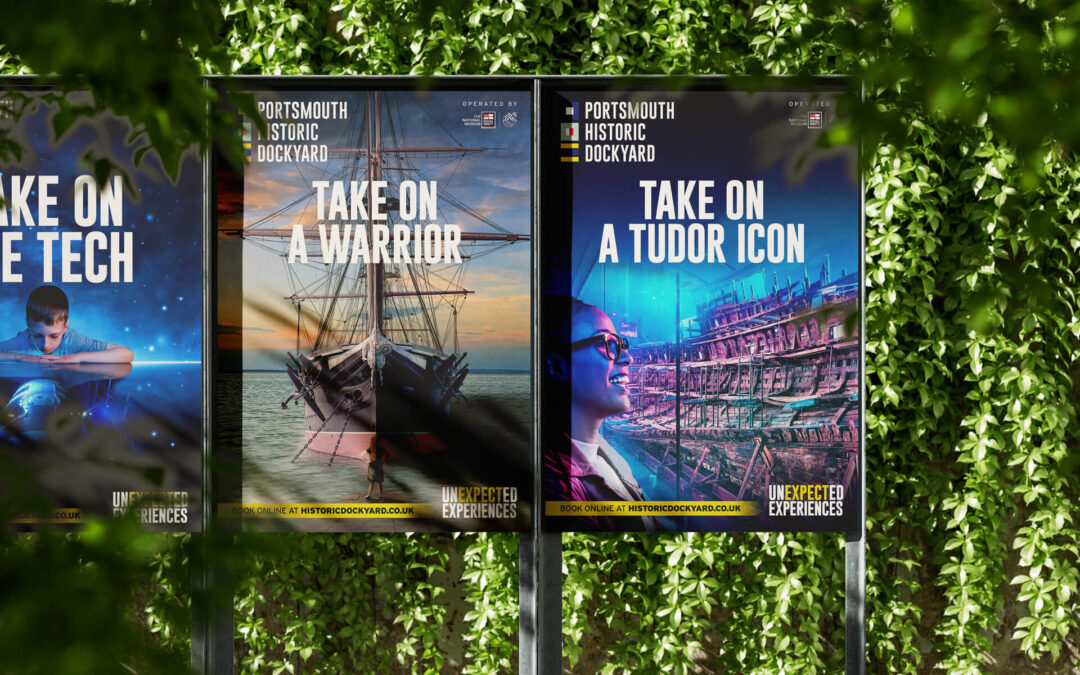
National Museum of the Royal Navy
Learn how we bring the Royal Navy’s stories to life with bold campaigns, immersive experiences, and interactive trails that engage visitors of all ages.
